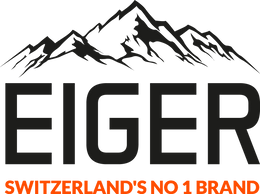What is Scratch Testing and what is the Eiger Scratch Scale?

What is the Pencil Test?
Many producers test glass using the ‘pencil test’ to determine the level of scratch protection. Simply put, a 9H pencil is attached to an automatic arm and pushed up and down the surface of the glass. It is considered to have passed if there are no scratches. At Eiger, we believe this is too simple and misleading.
What is the Mohs Scale and what is the Eiger Scratch Scale?
Eiger glass is tested using the Mohs scale of mineral hardness. This scale measures minerals from 1 to 10 with 10 being the hardest, for example diamond. We use hardness measuring tools to test the scratch resistance of glass at each level of mineral hardness. For example, hardened steel (8H), Tungsten carbide (7.5H). A typical set of house keys made from steel would measure 4H and hence would not scratch. Glass typically is classified as a 5 and any material less than a 5 will not scratch this. For example pencils are made from graphite which is a level 2 and therefore unlikely to scratch.
How does Eiger Make More Scratch Resistant Screen Protectors?
The scratch resistance of glass can be improved through the production process of tempering and Eiger have managed to reach a level 7 for some of our products. With the exception of sapphire glass, which is very expensive to produce, we haven't found any glass screen protectors that perform at 9H in the truest sense.
The Eiger Mountain Glass & Mountain Glass Ultra ranges have are 7 on the Eiger Scratch Scale.

With film screen protectors the resistance level is often lower with a scratch level between 2 and 5 depending on the material. Although this is lower than glass the advantages of film often lie in other attributes like strength, ability to absorb more pressure and ease of use.
Eiger H.I.T and Ultraflex have an Eiger scratch level of 2 and 5 respectively but can withstand more pressure and are far more crack resistant than our glass screen protectors.
Browse the Eiger Range of Screen Protectors
0 comments

